A thoughtfully decorated living room sets the tone for your entire home. As a place for relaxation, hosting, and quality time, it should reflect a balance of comfort and personal style. If you already have a clear vision of your preferred aesthetic and color palette, you’re ready to move forward. If not, Nestingale’s Living Room Quiz can help you discover your ideal design style and offer tailored recommendations in just a few questions. Once you have that foundation, these expert tips will guide you in designing a living room that feels both beautiful and functional.
Scale Matters
The size of your rug should complement your seating arrangement rather than feel disconnected. Curtains should ideally extend to the floor, helping the space feel taller and more cohesive. Artwork should be placed where it can be appreciated without being hidden behind furniture.
Importantly, be mindful of the height of your furnishings. Combining pieces that are too low with others that are too tall can create a disjointed look. We know that imagining the vertical space can be more challenging. Fortunately, Nestingale’s 3D Room Visualizer allows you to test different furniture heights and layouts, making it easier to achieve harmony in the vertical and horizontal dimensions of your space.
Beyond visual balance, remember to prioritize ease of movement. Leave open paths so people can walk comfortably, and allow space for potential future additions as your needs evolve.

Begin with the Essentials
When furnishing your living room, start by selecting your core pieces. The sofa is often the centerpiece of the room, and it’s worth choosing one that offers both comfort and versatility. A simple, well-made design in a neutral tone gives you the flexibility to refresh the room with smaller decorative changes over time. Nestingale’s curated selection of sofas and key furniture pieces can help you build this foundation with confidence.
Once you have your main pieces in place—such as the sofa, a coffee table, and a media unit—you establish the framework for your room. From there, you can begin to incorporate items that add texture and character. Open shelving, decorative objects, indoor plants, personal photos, and artwork all contribute to the space’s personality. Mixing materials such as wood, leather, metal, or glass can also add visual interest and depth.

Lighting Is the Key
Lighting can make or break the feel of your living room. Thoughtful lighting transforms the mood and functionality of a space. A well-lit living room combines different types of lighting to serve various purposes throughout the day. Overhead lighting provides general illumination, while floor and table lamps introduce warmth and focus to specific areas like reading corners or conversation spots. Accent lighting can be used to draw attention to architectural features or artwork, enhancing the room’s overall atmosphere. Choosing bulbs with a warm color temperature helps maintain a cozy and inviting feel, and dimmable options offer the flexibility to adjust the ambiance as needed. Balancing natural and artificial light ensures your space remains welcoming at all hours.

Prioritize Organization
A beautifully styled room can quickly lose its appeal if it lacks organization. Incorporating smart storage solutions is essential for maintaining a clean and livable space. Consider furniture that includes hidden storage, such as ottomans with internal compartments or coffee tables with drawers. Media consoles and shelving units with closed cabinets help keep everyday items out of sight, reducing visual clutter. Storage baskets and decorative boxes can add texture while serving a practical purpose. The goal is to create a space that feels effortless, even if life behind the scenes is a little more complex. Multi-functional furniture is especially valuable in achieving this balance between style and utility.

Choose Tables Thoughtfully
Tables are often added instinctively to a living room, but it’s worth pausing to consider which ones are truly necessary. A coffee table might serve as a central hub for daily use, while a slim console table could offer extra surface space without overwhelming the room. Side tables placed strategically can improve functionality, but only if they support how you actually use the space. If you’ve found that certain tables in past living rooms ended up blocking walkways or serving no real purpose, it may be best to leave them out this time. While some tables are included purely for their visual contribution, others should offer real value through storage or usability. Nestingale’s selection includes thoughtful designs that complement both modern and classic interiors, helping you find options that match your lifestyle and aesthetic.

Conclusion
Designing a living room that’s both elegant and inviting requires a mix of structure and creativity. By starting with a clear vision of your style, considering the scale of your space, investing in key furniture, and thoughtfully layering lighting, textures, and organization, you’ll create a room that enhances both your lifestyle and your home’s overall atmosphere.
For more inspiration, explore these blogs on specific living room topics: How to Arrange an L-Shaped Sofa, Minimalist Living Room Design Ideas, and Making the Most of Your Small Living Room.
Nestingale’s tools and curated collections are here to guide you, whether you’re just starting or perfecting the details. With thoughtful planning and the right resources, transforming your space is not only achievable—it’s enjoyable. Ready to bring your vision to life? Explore Nestingale’s design tools and collections:

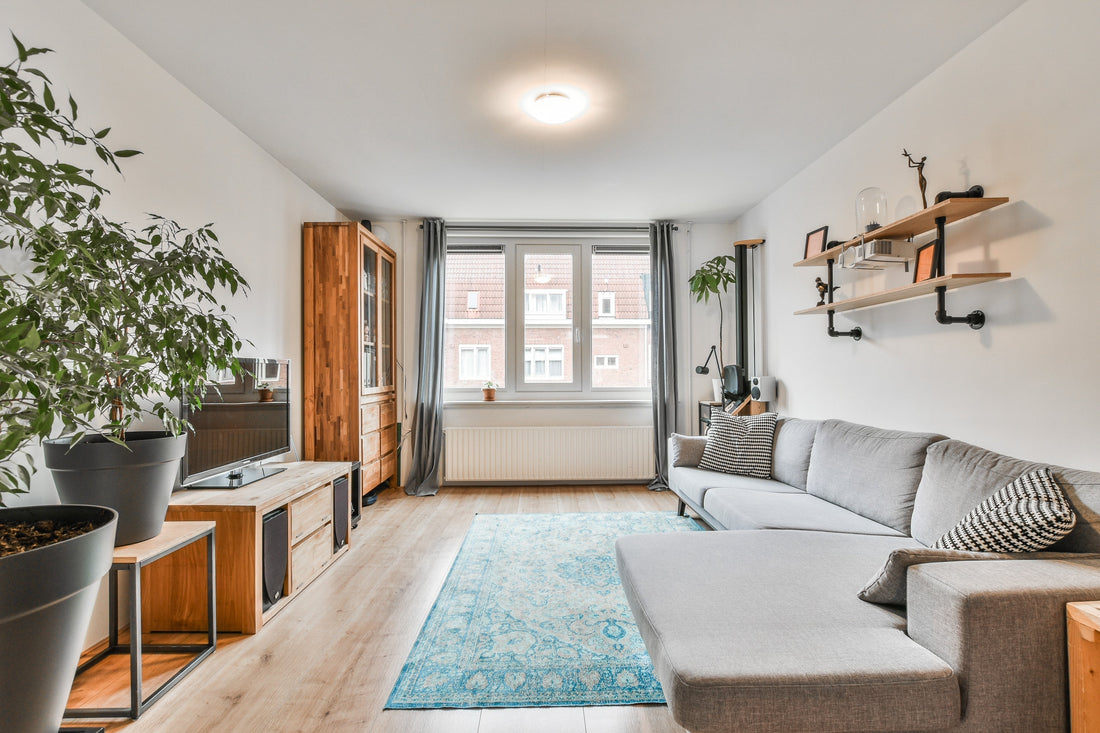
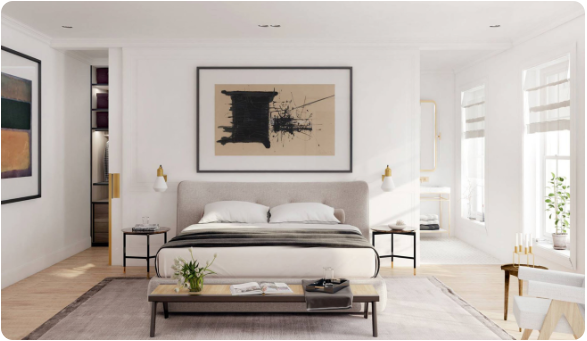
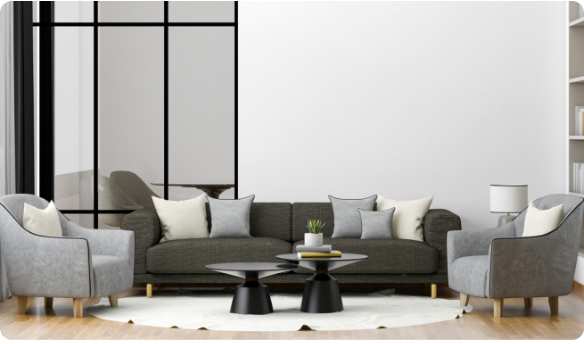
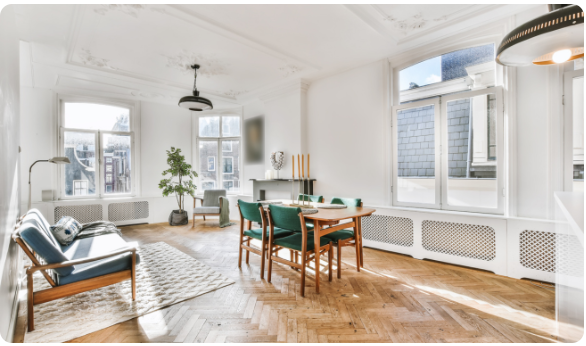
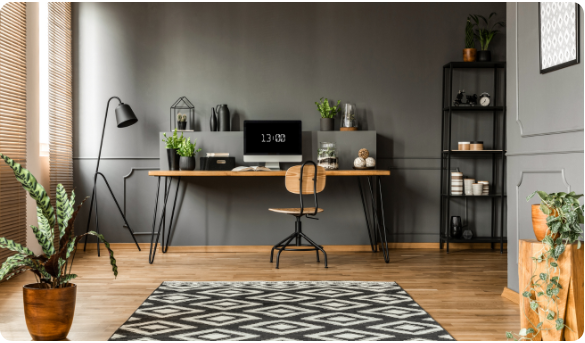
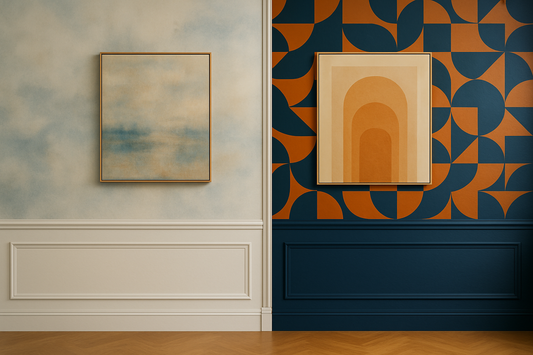
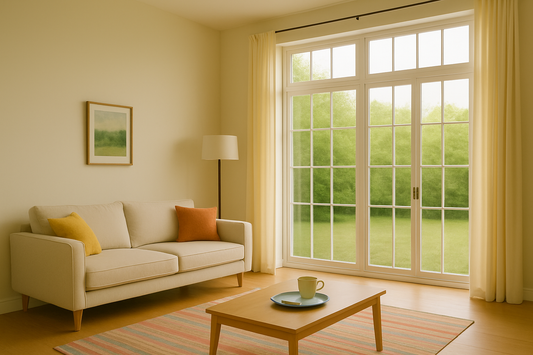
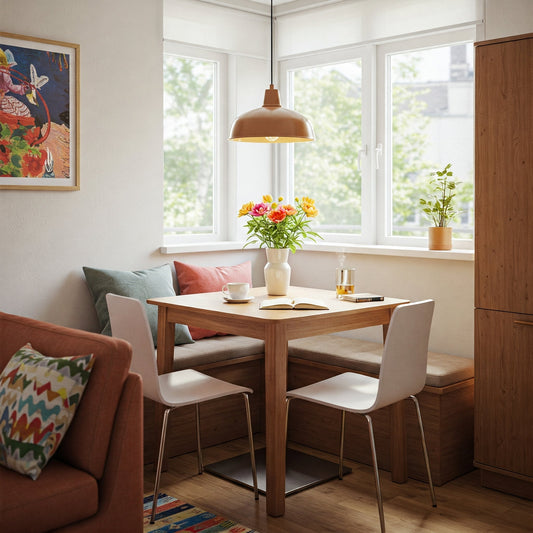
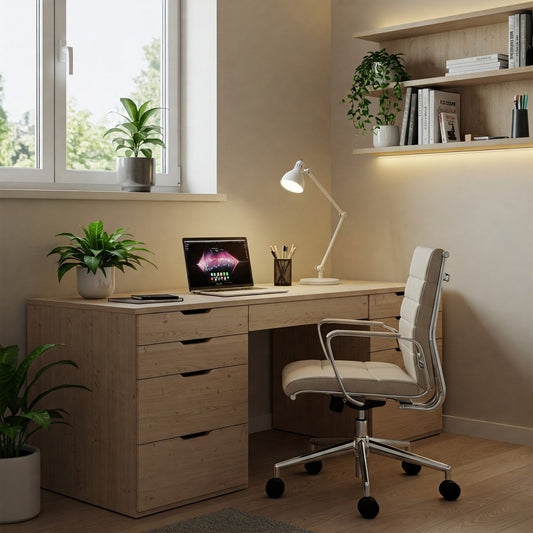





 Company
Company Customer Support
Customer Support SHIPPING INFO
SHIPPING INFO